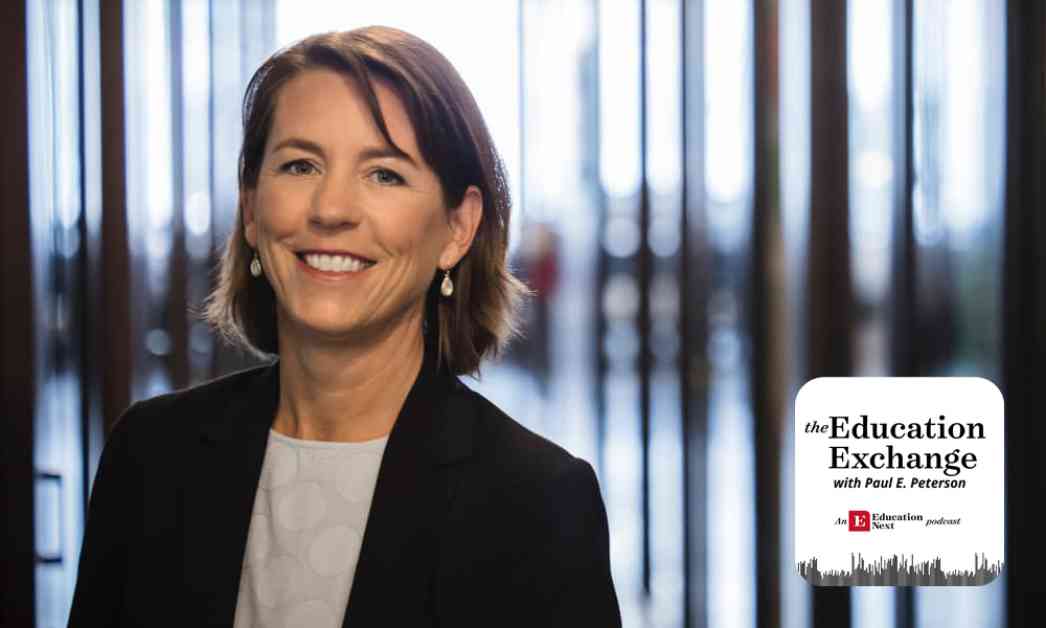Navigating the Future: ESSER Funds and the Education Exchange
Marguerite Roza, a research professor at Georgetown University and director of the Edunomics Lab, recently joined Paul E. Peterson to delve into the impact of federal Elementary and Secondary School Emergency Relief (ESSER) funds on student achievement. Their conversation, titled “The Massive ESSER Experiment: Here’s what we’re learning,” is a collaboration with Katherine Silberstein and was first featured on Education Next.org in April 2023.
The allocation and utilization of ESSER funds have been a focal point for school districts across the nation as they grapple with the challenges posed by the COVID-19 pandemic. With billions of dollars at their disposal, districts have been tasked with addressing the learning loss and academic disparities exacerbated by the disruptions caused by the pandemic.
The ESSER Fund Landscape
The ESSER funds, part of the Coronavirus Aid, Relief, and Economic Security (CARES) Act, were designed to provide emergency relief to schools and educational institutions. These funds have offered districts a unique opportunity to invest in strategies and interventions aimed at mitigating the impact of the pandemic on student learning.
According to Marguerite Roza, the ESSER funds have served as a catalyst for innovation and reform within school districts. She highlights the importance of strategic decision-making in the allocation of these funds, emphasizing the need for districts to prioritize initiatives that will yield long-term benefits for students.
Case Study: Evanston School District
One illustrative case study discussed during the conversation is that of the Evanston School District. Despite being mistakenly identified as the Elgin School District at one point in the podcast, the district’s experience serves as a valuable example of how ESSER funds have been utilized in practice.
In Evanston, administrators opted to allocate a significant portion of their ESSER funds towards targeted interventions for at-risk students. By investing in additional tutoring services, academic support programs, and mental health resources, the district aimed to address the specific needs of vulnerable student populations.
The impact of these interventions was evident in the district’s improved student achievement outcomes. Standardized test scores showed a notable increase among students who had participated in the targeted support programs, highlighting the effectiveness of strategic investments in addressing learning gaps.
Challenges and Opportunities
While the utilization of ESSER funds has yielded positive results in many instances, Marguerite Roza also acknowledges the challenges and complexities inherent in this process. She emphasizes the importance of data-driven decision-making and monitoring of outcomes to ensure that funds are being allocated effectively.
One key challenge faced by districts is the sustainability of the initiatives funded by ESSER dollars. As the pandemic recedes and the focus shifts towards long-term recovery, districts must consider the viability of the programs and interventions implemented using these funds.
Moreover, the equitable distribution of ESSER funds remains a pressing concern. Marguerite Roza highlights the need for districts to prioritize equity in their decision-making processes, ensuring that marginalized student populations receive adequate support and resources.
In conclusion, the conversation between Marguerite Roza and Paul E. Peterson sheds light on the transformative potential of ESSER funds in shaping the future of education. By leveraging these resources strategically and prioritizing the needs of students, school districts have the opportunity to drive meaningful change and foster academic success for all learners.


